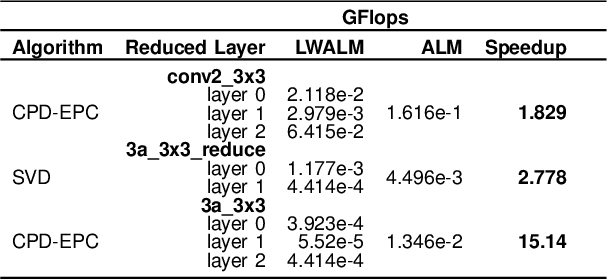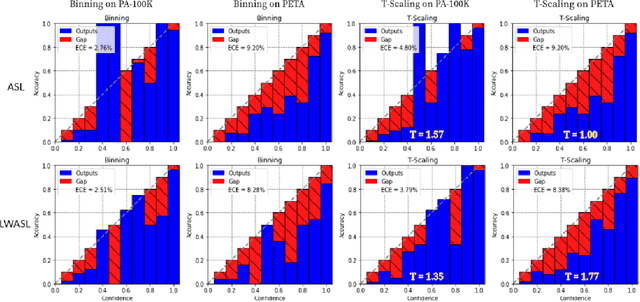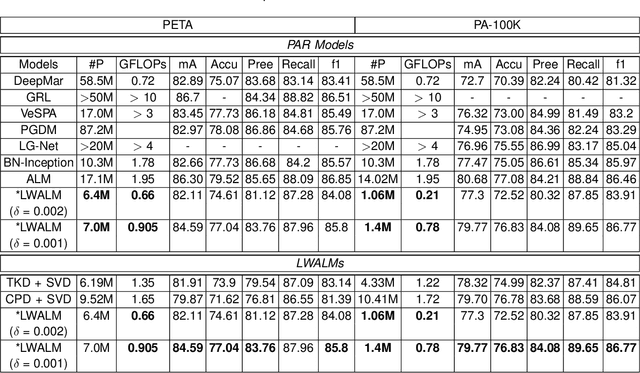Imran Junejo
Semantically-Aware Game Image Quality Assessment
May 16, 2025Abstract:Assessing the visual quality of video game graphics presents unique challenges due to the absence of reference images and the distinct types of distortions, such as aliasing, texture blur, and geometry level of detail (LOD) issues, which differ from those in natural images or user-generated content. Existing no-reference image and video quality assessment (NR-IQA/VQA) methods fail to generalize to gaming environments as they are primarily designed for distortions like compression artifacts. This study introduces a semantically-aware NR-IQA model tailored to gaming. The model employs a knowledge-distilled Game distortion feature extractor (GDFE) to detect and quantify game-specific distortions, while integrating semantic gating via CLIP embeddings to dynamically weight feature importance based on scene content. Training on gameplay data recorded across graphical quality presets enables the model to produce quality scores that align with human perception. Our results demonstrate that the GDFE, trained through knowledge distillation from binary classifiers, generalizes effectively to intermediate distortion levels unseen during training. Semantic gating further improves contextual relevance and reduces prediction variance. In the absence of in-domain NR-IQA baselines, our model outperforms out-of-domain methods and exhibits robust, monotonic quality trends across unseen games in the same genre. This work establishes a foundation for automated graphical quality assessment in gaming, advancing NR-IQA methods in this domain.
Gameplay Highlights Generation
May 12, 2025Abstract:In this work, we enable gamers to share their gaming experience on social media by automatically generating eye-catching highlight reels from their gameplay session Our automation will save time for gamers while increasing audience engagement. We approach the highlight generation problem by first identifying intervals in the video where interesting events occur and then concatenate them. We developed an in-house gameplay event detection dataset containing interesting events annotated by humans using VIA video annotator. Traditional techniques for highlight detection such as game engine integration requires expensive collaboration with game developers. OCR techniques which detect patches of specific images or texts require expensive per game engineering and may not generalize across game UI and different language. We finetuned a multimodal general purpose video understanding model such as X-CLIP using our dataset which generalizes across multiple games in a genre without per game engineering. Prompt engineering was performed to improve the classification performance of this multimodal model. Our evaluation showed that such a finetuned model can detect interesting events in first person shooting games from unseen gameplay footage with more than 90% accuracy. Moreover, our model performed significantly better on low resource games (small dataset) when trained along with high resource games, showing signs of transfer learning. To make the model production ready, we used ONNX libraries to enable cross platform inference. These libraries also provide post training quantization tools to reduce model size and inference time for deployment. ONNX runtime libraries with DirectML backend were used to perform efficient inference on Windows OS. We show that natural language supervision in the X-CLIP model leads to data efficient and highly performant video recognition models.
Human Machine Co-Creation. A Complementary Cognitive Approach to Creative Character Design Process Using GANs
Nov 23, 2023Abstract:Recent advances in Generative Adversarial Networks GANs applications continue to attract the attention of researchers in different fields. In such a framework, two neural networks compete adversely to generate new visual contents indistinguishable from the original dataset. The objective of this research is to create a complementary codesign process between humans and machines to augment character designers abilities in visualizing and creating new characters for multimedia projects such as games and animation. Driven by design cognitive scaffolding, the proposed approach aims to inform the process of perceiving, knowing, and making. The machine generated concepts are used as a launching platform for character designers to conceptualize new characters. A labelled dataset of 22,000 characters was developed for this work and deployed using different GANs to evaluate the most suited for the context, followed by mixed methods evaluation for the machine output and human derivations. The discussed results substantiate the value of the proposed cocreation framework and elucidate how the generated concepts are used as cognitive substances that interact with designers competencies in a versatile manner to influence the creative processes of conceptualizing novel characters.
Lightweight Attribute Localizing Models for Pedestrian Attribute Recognition
Jun 16, 2023


Abstract:Pedestrian Attribute Recognition (PAR) deals with the problem of identifying features in a pedestrian image. It has found interesting applications in person retrieval, suspect re-identification and soft biometrics. In the past few years, several Deep Neural Networks (DNNs) have been designed to solve the task; however, the developed DNNs predominantly suffer from over-parameterization and high computational complexity. These problems hinder them from being exploited in resource-constrained embedded devices with limited memory and computational capacity. By reducing a network's layers using effective compression techniques, such as tensor decomposition, neural network compression is an effective method to tackle these problems. We propose novel Lightweight Attribute Localizing Models (LWALM) for Pedestrian Attribute Recognition (PAR). LWALM is a compressed neural network obtained after effective layer-wise compression of the Attribute Localization Model (ALM) using the Canonical Polyadic Decomposition with Error Preserving Correction (CPD-EPC) algorithm.
 Add to Chrome
Add to Chrome Add to Firefox
Add to Firefox Add to Edge
Add to Edge